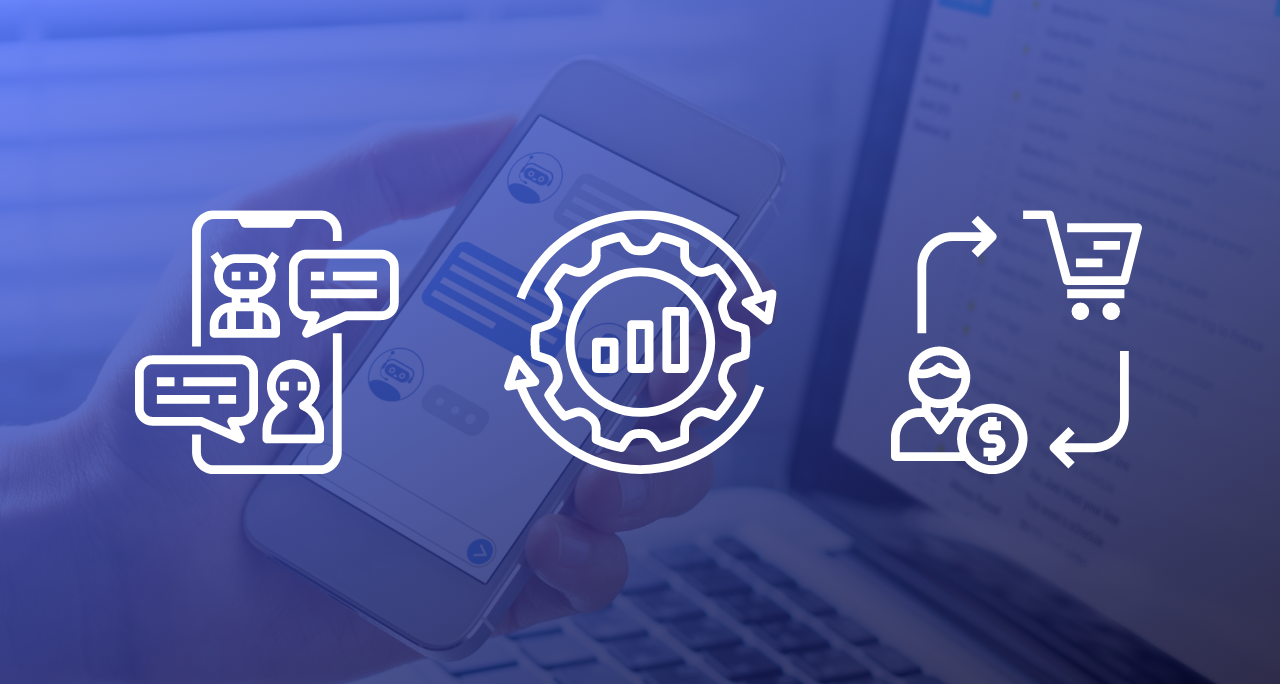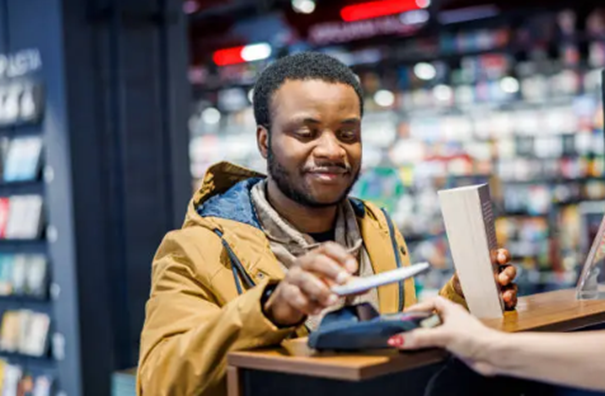For those of us who have spent years delving into the conversion-rate-rabbit-hole, it can sometimes feel like there’s no end in sight. Minor tweaks and one-word edits have a tendency to distract you from adopting those big changes that can have a real impact in the long run.
In recent years, chatbots have been a burgeoning innovation, with an ever-growing presence in the eCommerce world. More than a helpful support agent, chatbots come in all shapes and sizes, each of which can be leveraged to optimize your conversion rate:
- Smart forms
- Click-to-chat adverts
- Conversational landing pages
- Banner ads
- Chat bubbles
Built on the back of AI and no-code platforms, their growing usage stems from being more accessible now than ever before. Those without a development background, or large budgets, can now implement a wide variation of bots with ease.
This article will discuss the four main ways chatbots can be used to increase service levels, generate important data sets and boost sales across the board.
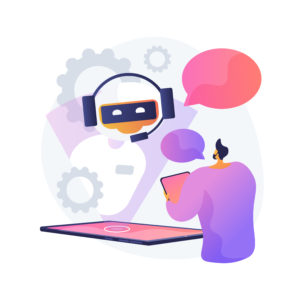
1. Speed of Service
Speed is one of the most important factors in determining whether or not you’ll generate a sale. Today’s consumers are inundated with e-stores, adverts, and marketing campaigns. As a result, digital attention-spans are on the decline. This makes your window of opportunity to convert smaller than ever.
Forrester’s “Raising the Bar” study showed that one in five customers are actually willing to stop paying for a product or service because of slow response times via online chat. Hence, relying on live chat only makes you vulnerable to sudden changes in demand.
Using chatbots in a customer service role allows you to reduce the friction between your visitors’ pain points and their resolutions. Many of your competitors will utilize frequently asked questions, or reviews to assist with answering customer questions.
These are both effective, however, they each require your visitor to actively search for the problem, and find the response themselves.
Chatbots can easily deal with answering FAQs. Though, their most important aspect is their ability to assess the issues they cannot solve, collect preliminary information and forward them to the relevant agents/departments. This way, the customer support team is free of the monotony of routine questions and has more time to deal with customers who truly need their help.
2. Personalized Responses
Today, personalization is essential both in marketing and customer support success. For example, according to a study by Everage, 87% of marketers report personalization strategies to have increased their campaign success. 54% experienced an increase of almost 10% and 13% experienced an increase of more than 30%.
On the other hand, Forrester study reported that when it comes to customer service, personalization can result in decreased operational costs, more productive agents, greater visibility of customers’ needs, and more:
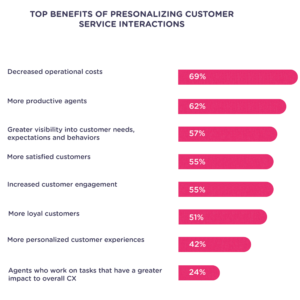 Image Source: Designed by Landbot
Image Source: Designed by Landbot
Chatbots are perfect tools for personalization as they can react to customer demands in real-time by providing them with answers, relevant content or directing them to the right landing page or department.
Besides capturing leads and their data or offering post-sale support, they can also provide proactive support, ensuring that potential customers have no doubts about an upcoming purchase.
This is a non-invasive, time-saving way to personalize interactions and so, optimize your conversion rate. It guarantees your customers a faster on-site experience, with the added security of making a well-informed buyer decision. Not only does this mean more sales, but also fewer returns.
3. Trigger Points
Have you ever been scrolling through a website, umming and ahhing about a possible purchase, wishing you had more information about the brand’s other offers?
Unless you’re signed up to a company’s newsletter or keep up-to-date with their social media, the chances are you won’t have a complete grasp on what’s available. Website chatbots can be utilized to convey information about products or services, triggered by where the visitor is, or their most recent actions.
One of the key strategies behind increasing conversion rates is to retain your visitors’ interest and keep them engaged at all times. A friendly message, offer, or bundle at a time where they would otherwise have fallen off, is a sure-fire way to increase completed checkouts.
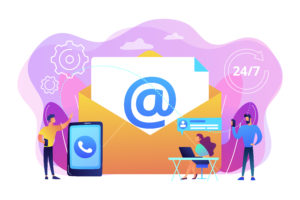
Examples of Chatbot Trigger Points
- New or existing customers: Entice in new visitors with a welcome discount, or show loyalty rewards for those that have browsed before
- Cart abandonment reminder: Offer the choice to pick up from where they left off with saved items from a previous visit
- Geographical: Display localized offers, accurate delivery information, or even country-specific live text-to-translate
- Inactive pop-ups: Reignite the interest of a dormant user with a cheerful greeting or helping hand
Commonly used by many high-level marketers, retargeting or remarketing also utilizes certain website triggers, but in a slightly different format. This is a method of suggesting products that were almost brought, but never quite crossed the line.
Let’s say a visitor adds an item to a shopping cart but never follows through with buying. With the use of cookies and other stored data, a retargeting campaign will make suggestions of similar products, even if the user is no longer on your website.
The combination of Facebook Messenger & a cart abandonment chatbot gives an average revenue boost of up to 25%.
Typically this can be done through stagnant display ads. However, many chatbots can be integrated with social media platforms, ensuring that you don’t lose those highly engaged prospects. Outside of this, you can retarget potential customers on your own website with chatbot banner ads or a simple pop-up.
4. Split Testing
Split testing, otherwise known as A/B tests, is a method of showing similar sets of website visitors different page elements and comparing the results to see what generates a higher conversion rate.
Any variant can be altered and tested to see what works best for your target audience: Images, copy, button colors, CTAs, lead magnets – you name it, you can improve it.
Chatbots work best for deciding which web copy or tone of voice resonates the most with your chosen demographic. If a customer hits a certain point on your website resulting in a personalized message, you can now test different types of brand language to see what generates the highest ROI.
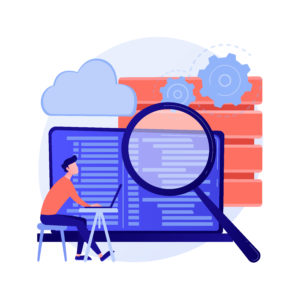
Data Collection
An extension of split testing is how you use the data you’ve collected. If you’ve utilised a smart contact form (more information on that below) you can break down your customer information into buyer personas, types, or patterns.
From here, you can choose what products or services you offer from the chatbot itself. Delivering relevant content is one of the staples of a strong marketing and sales campaign.
Depending on the route the conversation has taken, you can provide certain upsells or offers which are likely to resonate with that specific visitor, based on historic data of those with similar behaviours.
On the back-end, this data should also be used to increase potential results for any other campaigns you’ve deployed. Marketing efforts such as PPC, social media advertising and lead generation will always benefit from a higher level of buyer information.
Outside of utilising a chatbot to directly impact sales on a person-by-person basis, you should always look to implement your findings elsewhere in your business to drive maximum results from your data-sets.
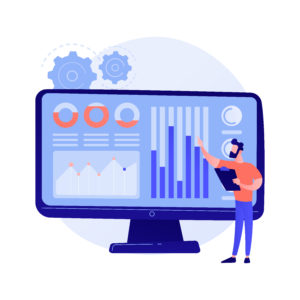
Chatbots & Funnels
Depending on what stage of the funnel your visitor is at will also determine the type of chatbot you have at your disposal. Funnels can be broken down into many different levels, but for the purpose of this article, the three key stages to look at are: acquisition, activation and action.
Acquisition: Generating leads
This is the first step of your customer journey. The prospect here is at the learning phase. They are researching the topic at hand and flicking between competitors.
As this stage is focused around top-level funnel tactics, one type of chatbot that falls into this category is a conversational landing page.
Visitors here are encouraged to engage in a conversation, where each answer takes them down a desired path, with an end-result tailored to fit their specific needs.
Another option here is the smart contact form, a dynamic substitute for traditional static forms, which produce a similar final action.
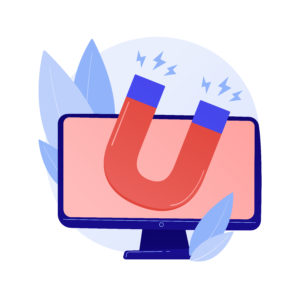
Activation: Prospect nurturing
Email marketing is still one of the most effective ways to reach your target audience. On average, for every $1 you spend on your email campaigns, you can expect a return of $42.
Once your prospect is in your funnel, the information collected from your chatbot questions can be used to segment users into specific lists. List segmentation allows you to personalize your outreach to the highest degree, splitting your audience down into categories or interest types. From here you can create content that aligns with what they want to see.
Another way to use a chatbot in the activation stage is content distribution. You might have a well of useful content but if your prospects can’t find it, it loses value. Bots can easily deliver relevant content, be it articles, videos, infographics, or eBooks, on-demand. It saves consumers precious time and keeps them engaged longer.
No one wants to be spammed with irrelevant newsletters. The more personalized your messaging, the higher the chance of a new customer.
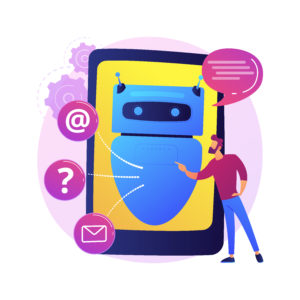
Action: Make more sales
As people become more familiar with chatbots, the ability to sell directly through them also increases. Although we may not quite be at that stage just yet, you can still use your bot to make the initial conversation, then pass the lead along to a member of staff to close the deal.
Acting fast is often the difference between a sale or no sale, and no-code platforms are making the ability to adopt tools such as these easier, quicker, and cheaper. Having a chatbot builder which can reply instantly, is available 24/7, and can be programmed with hundreds of response layers is a no-brainer.
Chatbots can actively participate in the action stage of the funnel. Common use cases include transferring hot leads (after automated qualifications) straight to your live agents, allowing qualified leads to book meetings or even enabling them to complete the transaction right there inside the conversation.
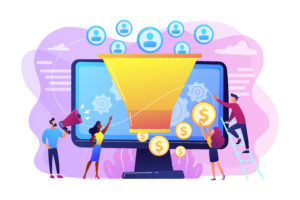
Conclusion
Your funnel is one of the most crucial elements when optimizing for higher conversion rates. Moreover, the brands that outperform their competition are the ones that consistently make changes.
Whether you’re looking to drastically increase the results of your store, platform, or specific funnel, it’s imperative that you are always measuring, improving, and trying out new techniques. The implementation of one or more variations of a chatbot could be the push you’ve been waiting for.
About the Author

Xavier Ribas is the Marketing Operations Analyst at Landbot. He is a digital marketer with a particular knack for lead gen and scoring. Besides competing for leads and engagement online, he enjoys doing the same in sports.

